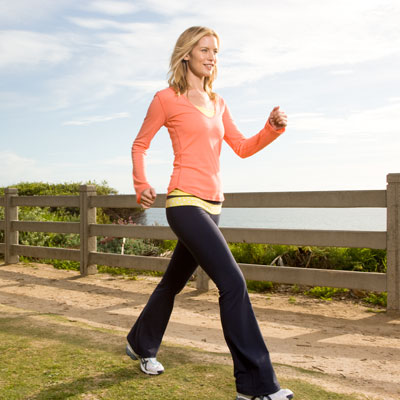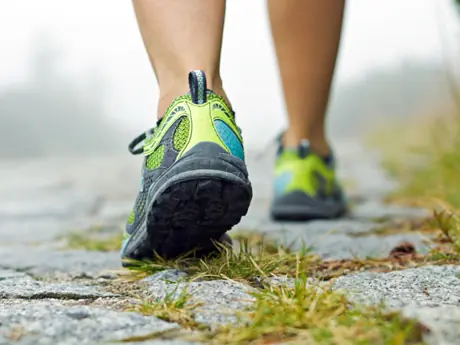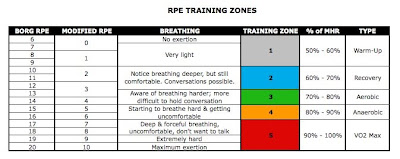Some few tips before you get started:
- Go barefoot
- Use a yoga mat to help with traction
- Warm up before trying to stretch too deep
- Let your eyes have a soft focus or be closed
- Move slowly into each pose to avoid injury
- Know that discomfort is okay, but pain is not
- Breathe! Inhale and exhale through the nose. Not through the mouth, unless instructed to do so.
Adhere to these tidbits of advice, and you should be able to experience a very relaxing and enjoyable yoga practice.
So now that you know what to expect, here are some poses to try. Over the weekend, Leigh and I went out to practice some yoga to show that anybody can do it! They are perfect for people of all abilities. Do not worry about trying to bend further than is comfortable. Over time, the longer you practice, the more flexible you will get. In general, hot yoga is wonderful for extending your flexibility.
Child Pose
This pose is a great foundation pose for yoga. Whenever you feel tired and need a break, go into this pose.
Simply kneel with you knees together and place your forehead on the floor. Inch your arms forward and sit your bottom on your heels.
Folded Butterfly
This pose stretches and strengthens the lower back and hip areas. Sit with soles of the feet together in front of you, as close to your body as is comfortable. Hold onto your feet and flap your knees to relax your hips. With your hands on your feet, gently bring your head toward your feet and hold the posture.
Life Nerve Stretch
Sit high on your bottom with your legs stretched out in front of you. Keep your left leg straight in front of you, or slightly to the side. Tuck your right foot into the groin, with the heel as close to the top of your inner thigh as is comfortable. Inhale and stretch your arms up overhead, lengthening your spine. Exhale and bend forward, reaching your hands to your toes or any part of the leg that you can reach to give you a good stretch. As you move forward, bring your chest down to rest on your left thigh.
King/Queen Dancer
This gives a sense of elation and power, and improves your sense of balance. Stand straight with your arms at your sides. Bend your right knee so that your right foot is behind you. Take hold of the inner side of your foot with your right hand. Straighten your elbow. Stretch your left arm up close to your ear. Inhale and lean forward, lengthening the spine. At the same time, lift your bent leg and arm up behind you as high as possible.
Camel Pose
This pose builds strength in the muscle groups of the back. So called because according to yogic teaching, it helps grow control over hunger and thirst, just as a camel would. Sit on your heels with your spine straight and hands on your things. Then, kneel upright, reach back with one hand and grasp the heel on that side, then repeat on the other side. Press the hips and thighs forward to steady the pose and lift the chest up, tilting the head back, but not dropped fully.
Mantra Meditation
In this meditation, start off with one repetition of the mantra on the held inhalation and exhalation. Sit cross legged. Straighten the lower vertebrate, lift the chest, and draw the chin slightly in toward the neck. Rest your hands on your knees lightly. Press your first finger with your thumb. Close your eyes. Pull your navel slightly toward your spine and upward. A common mantra is Har Har Wahe Guru.
Tree Pose
This balancing pose adjusts the vertebrate of the spine and promotes good posture. Stand tall with your feet close together and your arms at your sides. Place one foot inside your opposite thigh, ideally top of the inner thigh. Steady yourself in this pose. When you feel ready, stretch the palms up toward the sky.
Spinal Twist
This gives a lateral stretch to the vertebrate, back muscles, and hips, keeps the spine elastic, and helps to retain side-to-side mobility. Sit with your spine straight. Raise the right knee. Place the right foot flat on the ground. Place the right foot on the ground outside your left thing, your right knee bent over your left leg. Place the right hand on the ground just behind your back. Raise the left arm up. Bring your left arm over to you right knee, and reach around to catch hold of the right ankle if possible.
Triangle
This pose stretches the spine and spinal nerves laterally. Stand with the feet 3-4 ft apart and your arms raised so that they are straight out to the sides at shoulder level. Pivot one foot 90 degrees out and turn other foot in slightly by moving the heel outward. Inhale, lower your right arm, and bring it to rest on your shin. Extend your left arm up from the shoulder with the palm facing forward. Look up toward the extended arm, straight ahead, or down at the foot.
Moon Salutation
Stand upright with feet close together. Inhale slowly and deeply as you raise and stretch both arms above your head. At the same time, arch your upper body backward in one smooth, unbroken line. This stretches and tones the abdominal area, improves digestion, and opens the lungs.
Warrior Balance
Stand with your left leg forward, right foot behind and turned out slightly. Inhale into full warrior pose. Exhale and lift the heel of your right foot up and lean forward with the spine lengthened. Keep your arms up and reach out and up as you shift your weight to your left foot and lift your right foot off the ground. Lift your back leg so that your body forms a straight line from our hands to your toes. Point your toes of the lifted leg.
Downward Facing Dog
This pose rejuvenates your whole body. An inverted pose, it allows for the reversed flow of gravity and increases the flow of blood to the head and heart. Stand up straight, set one leg one in front of the other, place both arms on the floor. Set the foot back with the other foot so that the hands and feet are about 3 ft apart. Your head should be pressed downward, aligning with your arms. Your weight should be evenly distributed between your hands and feet.
Cobra
This pose increases flexibility and rejuvenates the spinal nerves. Lie down on your front with your arms resting at your sides and your chin on the ground. Take a deep breath. Keeping your lower body relaxed, place your hands on the ground under your shoulders to prepare for cobra. Lead with the head and chest and curve your spine up and back into cobra as you inhale.









































